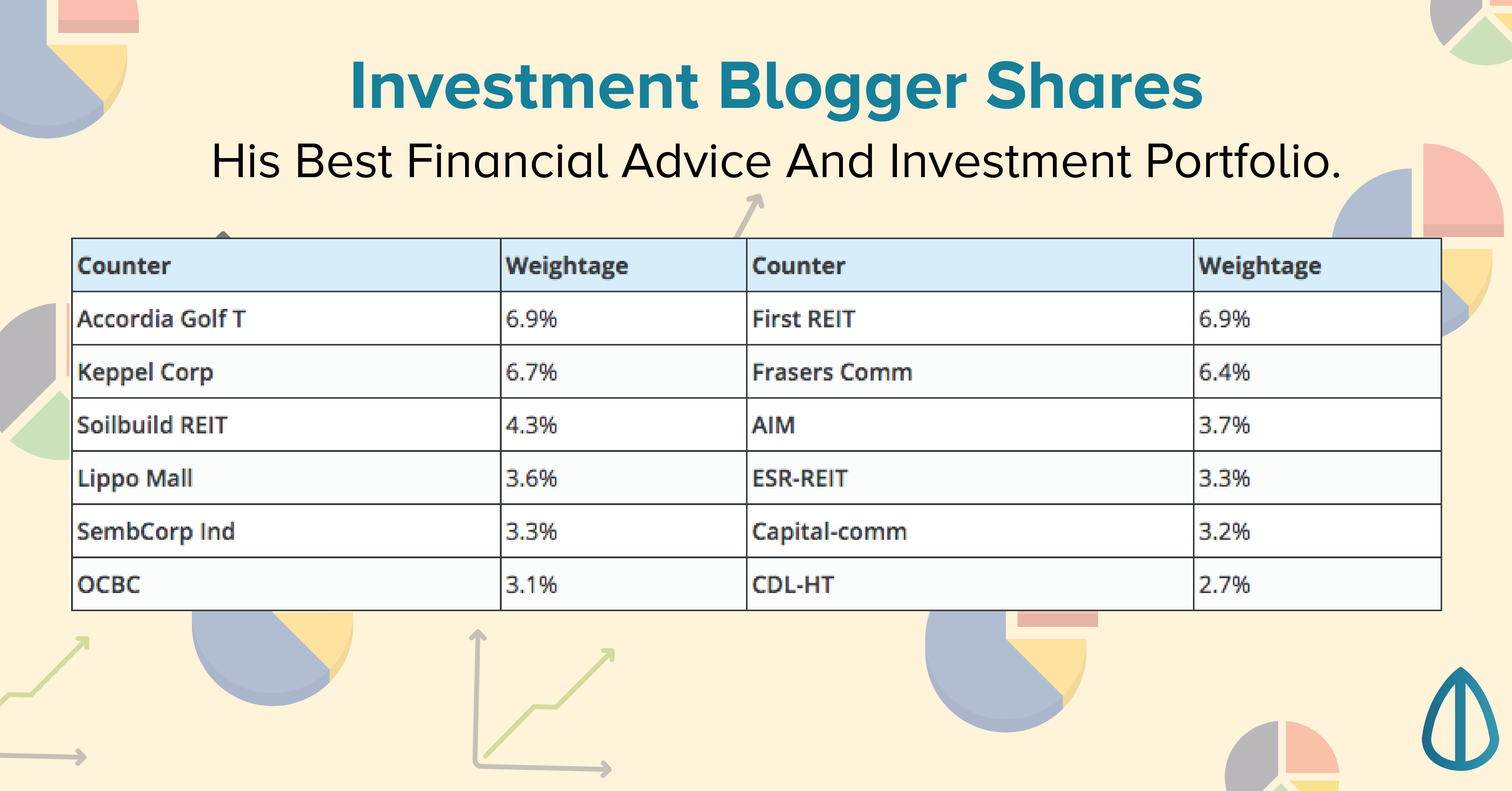The "FD or investing" question is perhaps the most common dilemma I hear from Singapore's professionals right now. With FD rates retreating from their recent peaks, many are wondering if they're leaving money on the table by staying in "safe" options. But this question actually reveals a deeper issue: the tendency to view financial decisions as binary choices rather than as parts of a cohesive strategy.
Earlier this year, I worked with a client who had accumulated a significant sum in fixed deposits during the high-rate environment. As rates began declining, she was tempted to move everything into the markets to chase higher returns. Instead, we mapped her upcoming financial milestones over the next five years and created a tiered liquidity strategy. This approach allowed her to maintain necessary safety while still capturing growth opportunities, resulting in a 40% increase in her projected returns without significantly increasing risk.
There's a persistent myth that you must choose either safety (FDs) OR growth (investments). This false dichotomy leads many Singaporeans to make timing-based decisions rather than purpose-based allocations. The reality is that these instruments serve different roles in your financial architecture, and the "right" decision depends entirely on when you'll need the money and what purpose it serves.
The Timeline-Based Allocation Framework
For your specific 1-2 year horizon, here's my perspective:
1. Purpose Assessment Firs
tBefore deciding between FDs and investments, clarify what this money is for:
- Is it for a specific purchase in exactly 1-2 years (e.g., property down payment, education)?
- Or is it money you'd like to grow but might extend beyond 2 years if necessary?
The more fixed your timeline, the more caution is warranted.
2. Segmentation Strategy
Rather than an all-or-nothing approach, consider segmenting your funds:
- Tier 1 (Needed within 12 months): Keep in FDs despite lower rates
- Tier 2 (Needed in 12-24 months): Consider a mix of FDs and conservative investment options
- Tier 3 (Flexible timeline beyond 24 months): More appropriate for investment allocation
3. Investment Considerations for Short Horizons
If you determine some portion is suitable for investments, focus on:
- Bond-heavy balanced funds with lower volatility
- Dividend-focused ETFs that provide income while you wait
- Dollar-cost averaging into these positions rather than lump-sum entry
For the 1-2 year horizon specifically, I would recommend no more than 30-40% exposure to equities for most investors, with the remainder in fixed income and cash equivalents.
4. The Rate Environment Context
While FD rates have declined to around 3%, remember that:
- This is still significantly above the historical average
- Market investments carry principal risk that FDs don't
- The opportunity cost of staying in FDs is partially offset by reduced timing risk
Implementation Strategy
- Map out exactly when you'll need the funds and for what purpose
- Create allocation buckets based on those timelines
- For any portion you decide to invest, establish clear exit criteria (both gains and losses)
- Commit to your strategy in writing to avoid emotional decisions if markets become volatile
The right decision isn't about maximizing theoretical returns—it's about optimizing for your specific situation and sleeping well at night. A 3% guaranteed return for a short timeframe is still valuable in a wealth-building journey.
I regularly share more detailed frameworks for short-term capital allocation decisions on my Instagram (@ngooooied), including analysis of current yield opportunities beyond just FDs and traditional investments. Follow along for weekly insights that help bring clarity to these common financial crossroads.








The "FD or investing" question is perhaps the most common dilemma I hear from Singapore's professionals right now. With FD rates retreating from their recent peaks, many are wondering if they're leaving money on the table by staying in "safe" options. But this question actually reveals a deeper issue: the tendency to view financial decisions as binary choices rather than as parts of a cohesive strategy.
Earlier this year, I worked with a client who had accumulated a significant sum in fixed deposits during the high-rate environment. As rates began declining, she was tempted to move everything into the markets to chase higher returns. Instead, we mapped her upcoming financial milestones over the next five years and created a tiered liquidity strategy. This approach allowed her to maintain necessary safety while still capturing growth opportunities, resulting in a 40% increase in her projected returns without significantly increasing risk.
There's a persistent myth that you must choose either safety (FDs) OR growth (investments). This false dichotomy leads many Singaporeans to make timing-based decisions rather than purpose-based allocations. The reality is that these instruments serve different roles in your financial architecture, and the "right" decision depends entirely on when you'll need the money and what purpose it serves.
The Timeline-Based Allocation Framework
For your specific 1-2 year horizon, here's my perspective:
1. Purpose Assessment Firs
tBefore deciding between FDs and investments, clarify what this money is for:
The more fixed your timeline, the more caution is warranted.
2. Segmentation Strategy
Rather than an all-or-nothing approach, consider segmenting your funds:
3. Investment Considerations for Short Horizons
If you determine some portion is suitable for investments, focus on:
For the 1-2 year horizon specifically, I would recommend no more than 30-40% exposure to equities for most investors, with the remainder in fixed income and cash equivalents.
4. The Rate Environment Context
While FD rates have declined to around 3%, remember that:
Implementation Strategy
The right decision isn't about maximizing theoretical returns—it's about optimizing for your specific situation and sleeping well at night. A 3% guaranteed return for a short timeframe is still valuable in a wealth-building journey.
I regularly share more detailed frameworks for short-term capital allocation decisions on my Instagram (@ngooooied), including analysis of current yield opportunities beyond just FDs and traditional investments. Follow along for weekly insights that help bring clarity to these common financial crossroads.